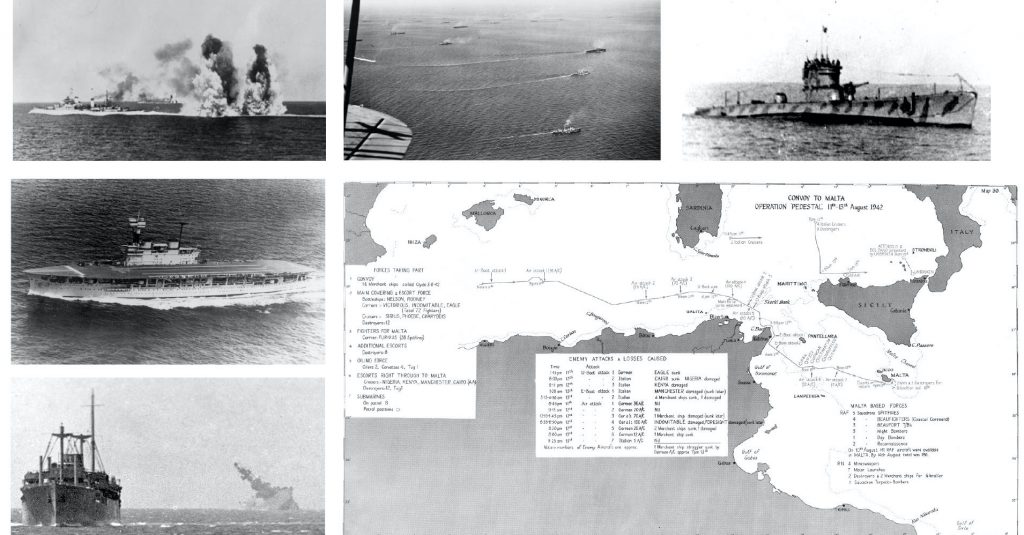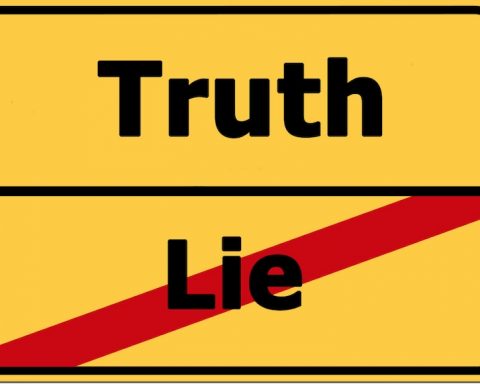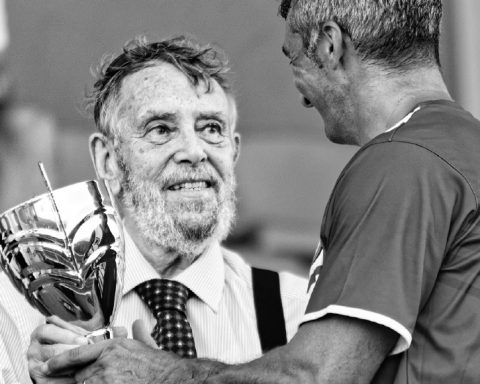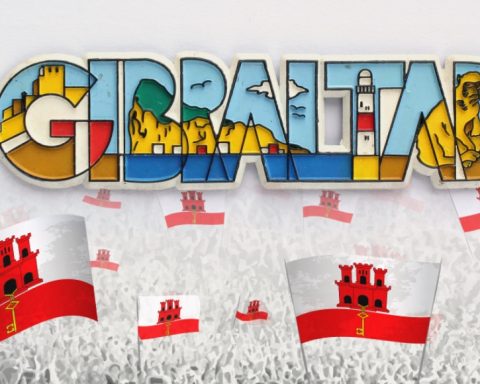Part 1
This article is a tribute to all seamen that sailed the seas during the war to keep us supplied. Whenever Poppy Day is mentioned, people immediately think of the soldiers that died. Only afterwards do the Merchant Seamen and Navy get a mention. Without the heroic action of these men, neither the Army nor the Airforce would have been able to continue the battle and we civilians would have starved. It must be remembered that there were seamen of many nations both from the Commonwealth, the United States and occupied Europe fighting under the Red and White Ensigns and flags of many other nations. This is also a tribute to the people of Gibraltar who played no small part in keeping the ships repaired and supplied.
Britain Never Stood Alone.
To most of us, the title means nothing. It was, however, one of the most important events in the battle for the Mediterranean in World War II.
Italy entered the conflict on June 10th 1940 declaring war on Great Britain.
Mussolini had a very strong naval capability in the Mediterranean which posed a problem for the Allies fighting in North Africa. Rommel depended on supplies from Italy to enable the Axis forces to continue the fight in North Africa. Unfortunately for him, Malta was in the middle of their supply route and was a thorn in his side.
The Allies likewise had the problem that Malta had to be kept supplied in order to maintain the attacks on Rommel’s supply route. With Sicily only about 200 miles from Malta, both German and Italian aircraft were able to attack Malta with impunity, less than two hours away.
The only way to supply Malta was by sea. The bottleneck of the Canale di Sicilia, called by the Navy “The Narrows” meant that the Italian Navy, based in Taranto could lay wait knowing that the British convoys had to pass between Sicily and the North African coast. To make matters worse, there was the Italian island of Pantelleria right in the middle of the strait.
In 1942 the situation in Malta was getting desperate, There was little food, ammunition or fuel to carry on the fight against continuous airborne attacks.
The Axis had advanced within 90 miles of Alexandria so supplies from the east were out of the question. It was decided that relief for Malta was imperative. On July 13th the decision was taken to send a convoy to Malta. Operation Pedestal was created. Given the designation WS21S and would consist of fourteen merchant ships, protected by two battleships, Rodney and Nelson, three carriers, Victorious, Indomitable and Eagle, seven cruisers, Nigeria, Manchester, Kenya, Cairo, Charybdis, Phoebe and Sirius and twenty-seven destroyers. The carrier HMS Furious was to leave Gibraltar, with a destroyer escort, carrying 38 spitfires which were to fly off to Malta as soon as they were in range. The carrier HMS Argus joined the fleet but only took part in Operation Berzerk, which was a trial in the Atlantic for the convoy protection.
The Germans were aware that the British intended to resupply Malta. The Canale di Sicilia was mined from Cap Graniti in Sicily to Ra’s al Tib in Tunisia.
Some of the ships sailed from Scapa Flow in Scotland, which included the carrier HMS Furious, heading for the Atlantic off Gibraltar to carry out training for the coming battle called Operation Berserk, which was held between August 5th and 10th. Although the fleet had its own tankers, Dingledale and Brown Ranger, due to the bad weather, the warships returned to Gibraltar for fuel during the exercise.
The fleet was divided into two:-
Force X, consisting of the cruisers Nigeria, Manchester and Cairo with twelve destroyers.
Force Z with Battleship Nelson and Rodney, The carriers Victorious, Indomitable, Eagle and cruisers Charybdis, Sirius and Phoebe with twelve destroyers.
HMS Furious had an independent escort of eight destroyers.
The main convoy passed through the Strait of Gibraltar on the night of August 10th1942. At the same time a diversionary convoy left from Port Said in Egypt and another from Haifa in, what was then Palestine, but were planned to turn back the next day. The cruisers and destroyers were topped up with fuel next day from RFA tankers accompanying the fleet, to avoid depleting the stocks at Malta on arrival.
The convoy was soon under surveillance by German JU88s who were too high for the fighters from the carriers to attack. The German High Command thought at first, that the convoy was an invasion fleet for North Africa
On the 11th, the carrier HMS Furious launched 38 aircraft which were flown to Malta some 550miles away, only one failed to arrive. She then returned to Gibraltar with a destroyer escort. One of the escort destroyers, HMS Wolverine on the 12th, rammed and sank the Italian submarine Dagabur that threatened the carrier but was severely damaged herself.
Unfortunately that same day, the carrier, HMS Eagle was hit by four torpedoes and sunk, with 12 hurricanes still aboard, by the German submarine U73, which reduced the air cover available to the convoy, her four Sea Hurricanes that were in the air at the time, landed on HMS Victorious. Survivors were rescued by HMS Lookout, Laforey and the tug Jaunty. The attacks continued the next day when the cruiser HMS Cairo was hit by a torpedo from the Italian submarine Axum, although the Italian submarine Dessie claimed to have fired the torpedoes as well, which blew off the stern of HMS Cairo, which had to be scuttled.
HMS Nigeria, that was guarding the Port column of the convoy, was also torpedoed just before eight that evening, by the Italian submarine Axum. She was hit on the port side just alongside the forward funnel, flooding one of the boiler rooms which caused her to list and for fifteen minutes was out of control. The Flag was transferred to the destroyer HMS Ashanti.
The list was corrected but she had to leave the convoy, finally steaming into Gibraltar at two in the morning on the 15th under her own steam, escorted by the destroyers Ledbury, Bicester, Wilton and Derwent.
During the night, an Italian cruiser force with 17 destroyers left Cagliari to attack the convoy, however Enigma intercepts learned of the sailing and sent an unencrypted message to a non-existent bomber squadron of B24s to attack the fleet. Since the Italians were short of aircraft and fuel there was no air cover for the cruisers, and the Germans would not help, made them head back to their base. The fleet was intercepted by the submarine HMS Unbroken who hit two cruisers with torpedoes, both were badly damaged. The Bolzano was hit in the fuel tank and was beached, the Muzio Attendolo lost a large portion of her bow and was under repair in Naples when she was again attacked by US B24s based in Egypt. During the attack the Muzo Attendolo was again damaged by bombs, set on fire and sank at her moorings. Neither ship took any part in action again.









